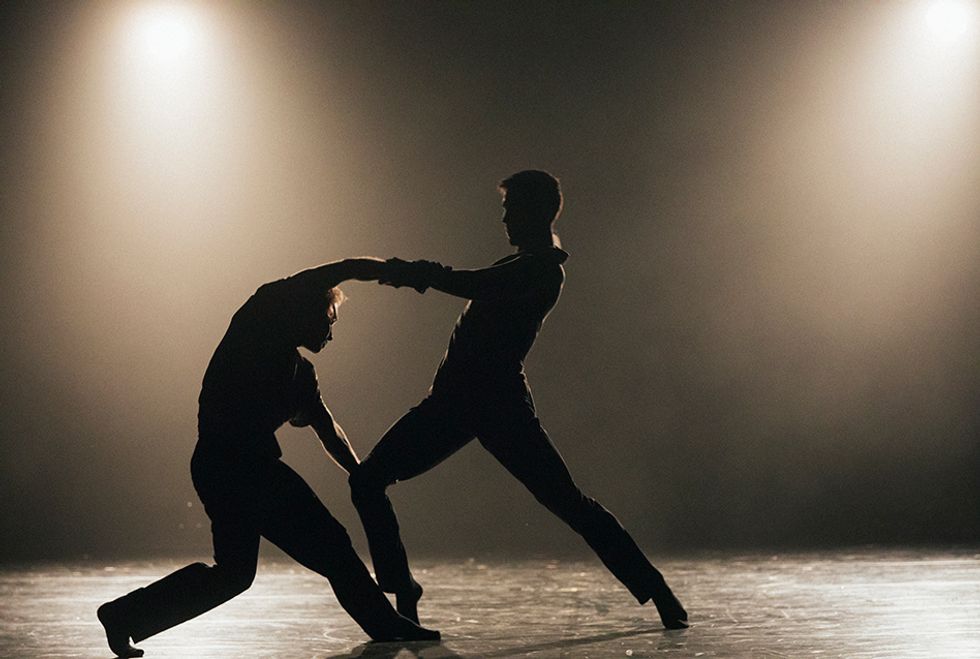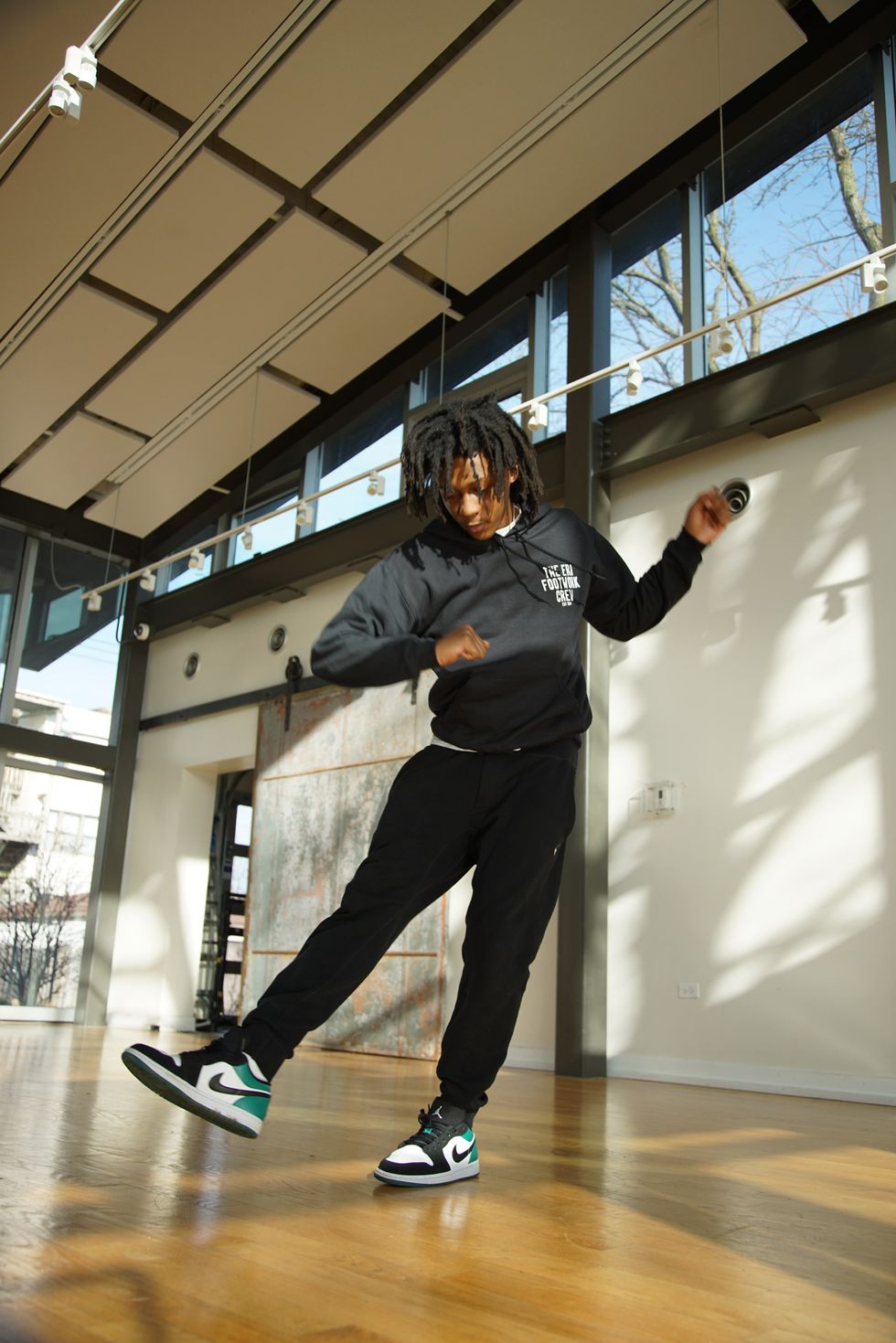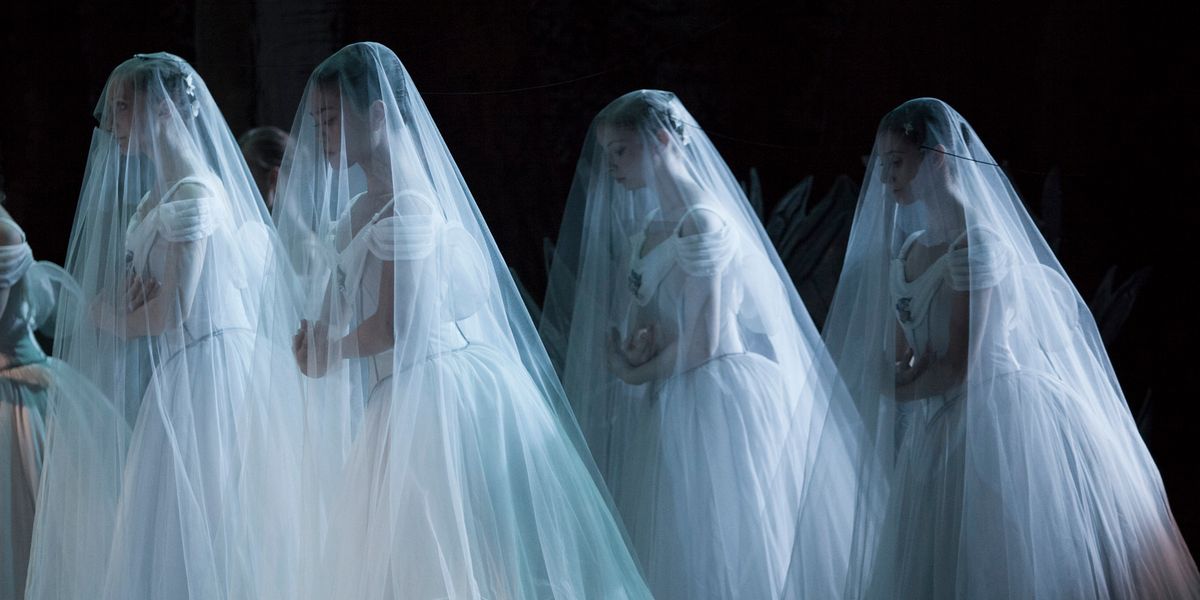How to Plan a Performance Season in the Midst of an Unpredictable Pandemic
One inescapable fact of trying to plan for anything during a pandemic is the need for backup plans—many of them. Planning a fall performance season—which usually happens months and sometimes even years in advance—while navigating state reopening guidelines and virus spikes falls somewhere between frustratingly difficult and impossible.
To make sense of it, Ginger Farley, executive director of the Chicago Dancemakers Forum, finds herself planning for two different timelines, simultaneously: “There’s the minute-to-minute—right now—and the leapfrog over to the future,” she says.
Multiple Plans
“Scenario planning is where all the action is,” says Alan Brown, co-founder of the market research and arts consulting firm WolfBrown. “That means having different programming approaches at the ready, and having a date by which you’re going to decide which approach to go with.”
Linda Shelton, executive director of New York City’s Joyce Theater, has “five or six scenarios” ready to implement. “We have scenarios for opening in October, November, December and January,” she says, dependent upon which phase of reopening New York City is in at any given point. Like many companies and presenting venues, The Joyce is exploring the possibility of a mix of live and digital presentations, with programming that includes premieres that were axed last spring under stay-at-home orders.

Royal Ballet of Flanders, here in Crystal Pite’s Ten Duets on a Theme of Rescue, was one of the last companies to perform as scheduled at The Joyce Theater in March before COVID-19 shut down New York City’s theaters.
Filip Van Roe, Courtesy Richard Kornberg & Associates
At Pacific Northwest Ballet, artistic director Peter Boal is prioritizing works that utilize fewer dancers, including premieres by Penny Saunders, Jessica Lang and Twyla Tharp. “For the fall, we’re exploring a rep that is a series of solos and duets and very small-scale pieces,” he says. “The pas de deux are for people who are already living together—luckily, a lot of our dancers are living together.” Two larger-scale works have been pushed to spring 2021: a new commission from Edwaard Liang and, if live performance is possible, a full-length Giselle that the company has already shared online.
Boal’s scenario planning also includes readying the fall repertory for a filmed, digital release, in case in-person performances, even for smaller audiences, become impossible. “Our theater has retrofitted the stage so that it’s really ready for filming programs,” he says.
Some companies are preparing for performances without knowing when they will be possible again. At press time, Dance Theatre of Harlem was in rehearsal nearly every day, via Zoom. “We’re hoping that in October we’ll be in the studio, able to work as dancers through space and with bodies together,” says artistic director Virginia Johnson.
The Financial Picture
Nonprofit Chicago Dancemakers Forum had a preexisting cash reserve on hand, so when it had to cut planned programming, there was a silver lining: Farley has been able to continue and even increase grants to its Lab Artists program. This year, each of the six chosen artists will receive $20,000—up from $15,000 in 2019—and won’t be held to the typical stipulation that they present a complete work by the year’s end.
For a company like PNB, however, which relies heavily on the revenue it earns from ticket sales, the financial outlook is much more grim. “We’re used to taking in $25 million a year in revenue, and we spend every cent of it and sometimes more,” says Boal.
It’s a time for unprecedented decisions. “You have to be bold and make sure your organization survives, because there will be casualties,” Shelton says. Contingent budgets for DTH’s 2021 fiscal year, for example, include one that cuts the total budget by 15 percent—as well as one that cuts it by 70 percent. “We want it to be the one where we’re cutting 15 percent, of course, but that predicates some income from touring in the late spring, which may not happen,” says Johnson. Fortunately, DTH has been able to repurpose some of a four-year, $4 million grant from the Andrew W. Mellon Foundation for the company’s survival needs.
 Sterling “Steelo” Lofton is one of Chicago Dancemakers Forum’s 2020 Lab Artists.
Sterling “Steelo” Lofton is one of Chicago Dancemakers Forum’s 2020 Lab Artists.
Wills Glasspiegel, Courtesy Chicago Dancemakers Forum
A Time to Reassess
With fall touring canceled and the newfound luxury of a longer rehearsal period, Johnson views the pandemic as “a golden opportunity” to hold choreographic workshops that pair up-and-coming dancemakers with DTH. Similarly, Farley has successfully applied for a grant from the National Endowment for the Arts to partner with other local arts organizations to offer production residencies and additional aid to Chicago-based artists. “Spaces are shuttered, and my colleagues want to make the case that they should employ their technical staff,” she says.
Brown sees this transitional moment as a chance to concentrate on audience development. “We’ve been throwing digital content against the wall like spaghetti. I have a feeling that we’re missing an opportunity to do the sort of work that would really cultivate new audiences,” he says. “We should use our best educators to introduce people to the aesthetics of dance. Broaden their interests in different styles. That way, when we’re able to offer programming, we actually have an audience that’s hungry for more.”
Gauging Audiences
In the spring, market research and arts consulting firm WolfBrown began conducting surveys of audiences to gauge interest in attending live programming in the fall (albeit with new restrictions). Asked,
“Under what conditions will you resume attending arts and cultural events?” as of June 30, surveyed audiences said they would be ready to go out:
18%
as soon as legally allowed.
26%
when the infection rate in their area falls to zero or near zero.
20%
when testing and treatment are more broadly available.
26%
after they’ve been vaccinated or developed immunity.
10%
did not know.




